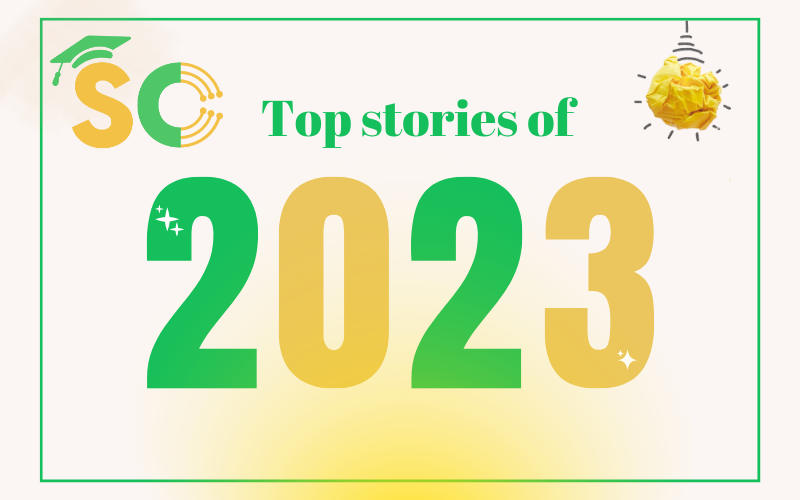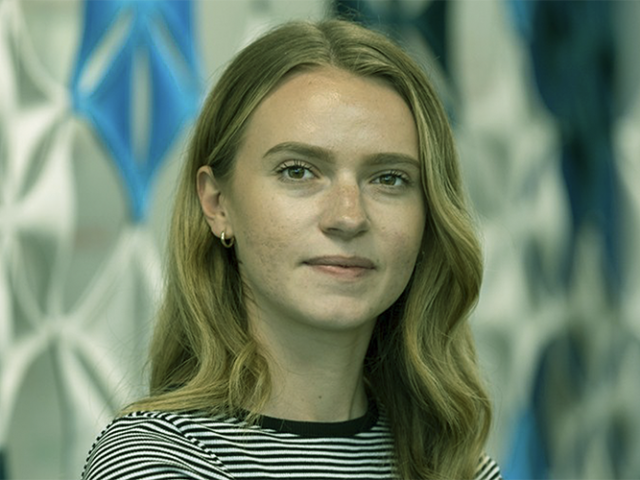As we step forward into the new year, Student Circuit looks back at some of its most popular stories from the last 12 months.
Student’s app aims to catch AI essay cheats

An app built by a University of Bristol student helps detect essays written by AI bots like ChatGPT. Ed Daniels’s software startup, called AIED.UK, scans essays for AI-generated content and calculates the probability it was written by a bot.
New superconducting diode could improve quantum computers and AI

University of Minnesota Twin Cities-led team has developed a new superconducting diode, a key component in electronic devices, that could help scale up quantum computers for industry use and improve the performance of artificial intelligence systems. Compared to other superconducting diodes, the researchers’ device is more energy efficient; can process multiple electrical signals at a time; and contains a series of gates to control the flow of energy, a feature that has never before been integrated into a superconducting diode.
‘Electronic skin’ from bio-friendly materials
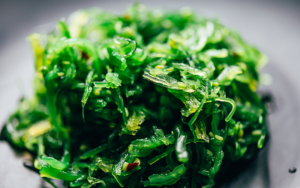
Queen Mary University and University of Sussex researchers have used materials inspired by molecular gastronomy to create smart wearables that surpassed similar devices in terms of strain sensitivity. They integrated graphene into seaweed to create nanocomposite microcapsules for highly tuneable and sustainable epidermal electronics. When assembled into networks, the tiny capsules can record muscular, breathing, pulse, and blood pressure measurements in real-time with ultrahigh precision.
The university student cooling down the menopause
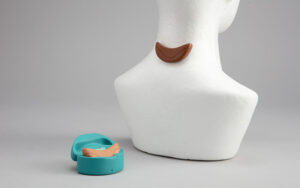
A London-based university student has created a menopause cooling device to aid women in managing hot flushes. The device, known as the Zera Cooling Crescent, was conceived by Aphra Hallam, a student at Brunel University London, who aimed to design a portable, discreet, and diverse wearable that could easily fit inside a handbag and allow women to use it on the go.
Bio-inspired solar ‘leaf’ mimics nature for higher efficiency

A new nature-inspired design for solar ‘leaves’ could boost the efficiency of future renewable technologies, according to its developers. Researchers at Imperial College London developed the photovoltaic leaf (PV-leaf) design, which uses low-cost materials.
3D printing reinforced structures with mushrooms

At the Institute of Architecture and Media at Graz University of Technology, the Shape Lab research group developed a new material named MyCera composed of clay, wood sawdust, and mycelium (vegetative part of fungi). The research focuses on using mycelium as an intelligently oriented fibre reinforcement to increase the structural performance of 3D printed unfired clay elements and allow for bio-welding of fired elements.
New material captures coronavirus particles to boost face mask efficiency

University of Liverpool researchers have developed a new material that captures coronavirus particles and has been shown to significantly boost face mask efficiency to stop the spread of COVID-19 and other viruses. In a paper published in the journal Nature Communications, the team revealed that the new material used in a conventional face mask was approximately 93% more efficient at capturing proteins including coronavirus proteins with little impact on breathability.
Researchers develop new AI-based design method for metamaterials

Metamaterials like sneaker midsoles and car bumpers are engineered to carry the load or resist impact, but designing these products to perform as expected can be an error-prone process. Now, Berkeley engineers have developed an innovative design method that leverages artificial intelligence and additive manufacturing to ensure that optimum functionality and target behaviours are built into these specialised materials.
Students create giant flip phone to highlight e-waste crisis
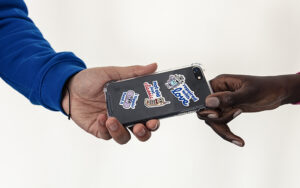
A two-metre-high interactive flip phone, which is about to tour universities across the country, is one of several student-led initiatives being launched to raise awareness of electrical waste. E-waste describes discarded electrical or electronic devices, and includes anything with a plug, battery or cable. More needs to be done to keep electrical items in use as e-waste is the world’s fastest growing waste stream. When e-waste is buried in landfill or burnt, it releases toxic chemicals causing significant environmental damage.
Manchester researchers design and fly world’s largest quadcopter drone

Engineers at The University of Manchester have built and flown the world’s largest quadcopter drone. The drone, made from a cardboard-like material called foamboard, measures 6.4m (21 ft) corner to corner and weighs 24.5kg – 0.5kg less than the weight limit set by the Civil Aviation Authority.
Student-made water quality monitor for isolated communities

A portable water quality monitor developed by students at the University of Bath could significantly aid in the quick identification and mapping of safe water sources globally. The device, named OASIS and produced by Team Bath Biodevices without Borders, merges innovative water diagnostic and GPS technologies to perform swift water quality analysis and record the results on a worldwide map.
Artificial intelligence could estimate your time of death

Artificial intelligence, specifically transformer models like ChatGPT, have been applied to predict events in people’s lives, according to a study involving DTU, University of Copenhagen, ITU, and Northeastern University in the US. By analysing vast datasets about individuals, these models can organise information and forecast personal life events, including estimating one’s time of death.

